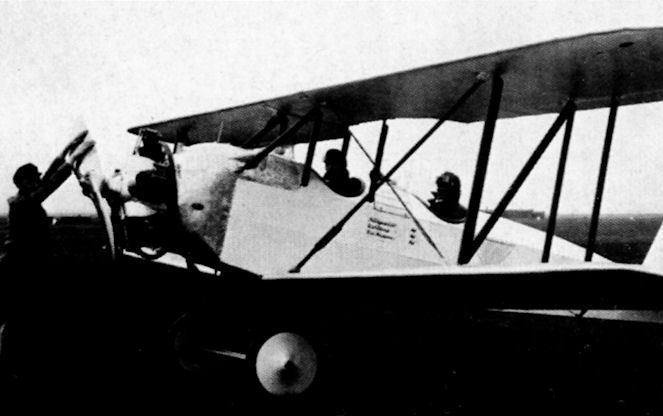Top speed 150 km/h Length 6.25 m Manufacturer Focke-Wulf | Wingspan 8.9 m First flight 1928 | |
 | ||
The Focke-Wulf S 24 Kiebitz (German: "Lapwing") was a sport aircraft built in Germany in the later 1920s. It was a single-bay biplane of conventional design with equal-span, unstaggered wings braced with N-type interplane struts. The pilot and a single passenger sat in tandem, open cockpits, and it was fitted with fixed tailskid undercarriage. The wings could be folded for transportation or storage, and the aircraft was designed to be towed by a car.
In 1929, the S 24 set a world distance record in its class of 1,601 km (1,001 mi) and in 1931 was used by Gerd Achgelis to win the German aerobatic championship.
Specifications
General characteristics
Performance
References
Focke-Wulf S 24 Wikipedia(Text) CC BY-SA
